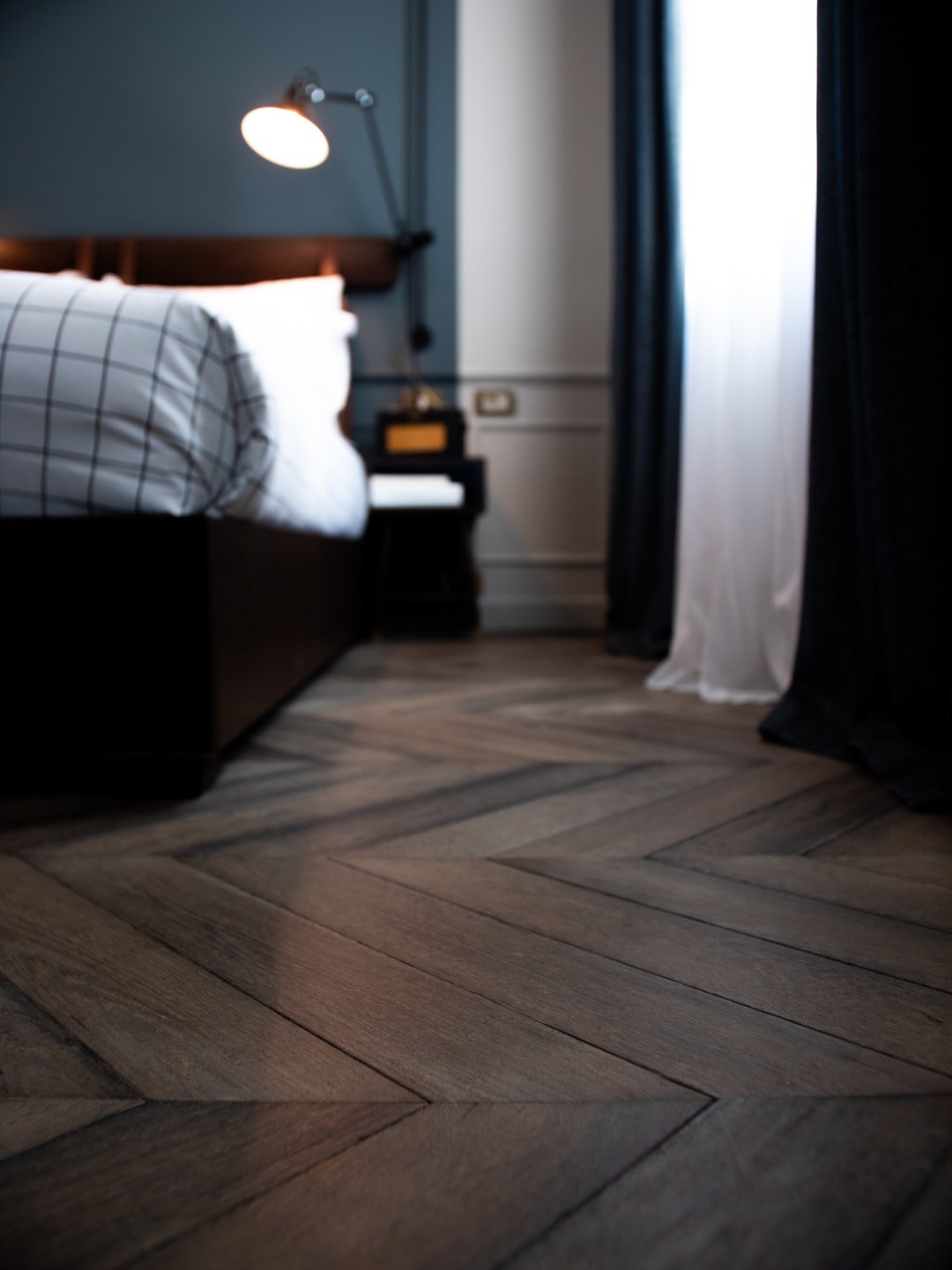The Basics of Hardwood Flooring

Hardwood flooring has many positive aspects. It is aesthetically pleasing, often promotes a sense of high-end design and style, can add considerable value to your home, and is durable enough to sustain its own set of environmental conditions. There are also disadvantages, of course. Hardwood floor can be very difficult to keep clean and is susceptible to a variety of fungal and insect problems. There are also issues with the amount of wood needed to build a hardwood floor and the amount of care required to keep it looking good. But these disadvantages do not outweigh the overall positive aspects of using hardwood flooring in your home.
Wood flooring at nydreeflooring.com is any material made from wood which is intended for use as interior flooring, decorative or structural. Wood is an extremely popular choice as a floor covering material and is available in a number of different styles, types, cuts, shades, and species. One of the most popular varieties is basswood, which is generally available in solid-wood or engineered-wood forms. Engineered-wood hardwood floors can be solid or quarter-sawn. Solid-wood hardwood floors can be installed in almost any room, while engineered-wood hardwood floors are better suited for those rooms with a high degree of gravity or who require extra stability. In addition to the advantages and disadvantages described above, there are a number of additional factors to consider when choosing hardwood flooring for your home. The first decision to make is whether to install a floating hardwood floor or a hardwood laminate floor.
A floating hardwood floor system uses a specially-designed tongue and groove system, which enable you to lay the boards together at the factory, install the fasteners, and then have them glued and screwed together at the floor joint. A hardwood laminate floor system consists of a top layer of synthetic or natural-looking material, typically vinyl, and a second layer, or sub-floor, of hardwood that can be installed using specific installers. Laminates offer the advantage of a much higher durability than solid wood, but they also require more care and maintenance than the former. You will also need to pay close attention to the quality of the adhesives and underlayment used to support the laminate; inferior materials may cause the floor to warp, become uneven, or even rip.
Read more about flooring at https://www.huffingtonpost.com/2014/06/15/stop-hating-your-floors_n_5489058.html. For most homeowners, the main decision concerns whether to purchase genuine wood floors or engineered ones. Genuine wood floors are available in a variety of different species including oak, maple, ash, pine, cherry and more. While some homeowners may prefer a particular species, others may be content with a more universal selection. Engineered wood floors use material such as fiberboard, veneer, vinyl, or rubberized resins to imitate the look of genuine wood, but they are usually made from a less durable variety of wood. In addition, because they are made of a less expensive material, this type of flooring usually costs less than a comparable genuine hardwood floor, making it an economical option for many families.
No matter what type of hardwood floors you select, installing them can be a relatively straightforward process if you follow professional installation instructions. Generally, all you need to do is nail down the sub-floor and plywood to the floor, and then you can install the laminates. If your hardwood floors are real, solid wood, you will probably need to use a stair lift to reach the lower levels. However, if your floors are plywood, you may be able to simply lay your bamboo panels on your own. Regardless of how you get your panels onto your hardwood floors, you should always try to have all of your seams neat and flat and work in an even fashion to ensure evenness. Installing single piece hardwood flooring is usually the most economical option for people who wish to install their floor at home. If you have an uneven subfloor, or if your room is mostly in one area, then you may not be able to install single-piece hardwood floors by yourself. Nevertheless, you should still give it a shot before moving on to the more difficult engineered wood flooring.
Otherwise, you will end up spending a lot of money and time on a project that will end up as a waste of time and money. Whether you choose single-ply hardwood flooring or engineered wood flooring, make sure that you plan well and pay attention to detail. Be sure to click here for more info!
